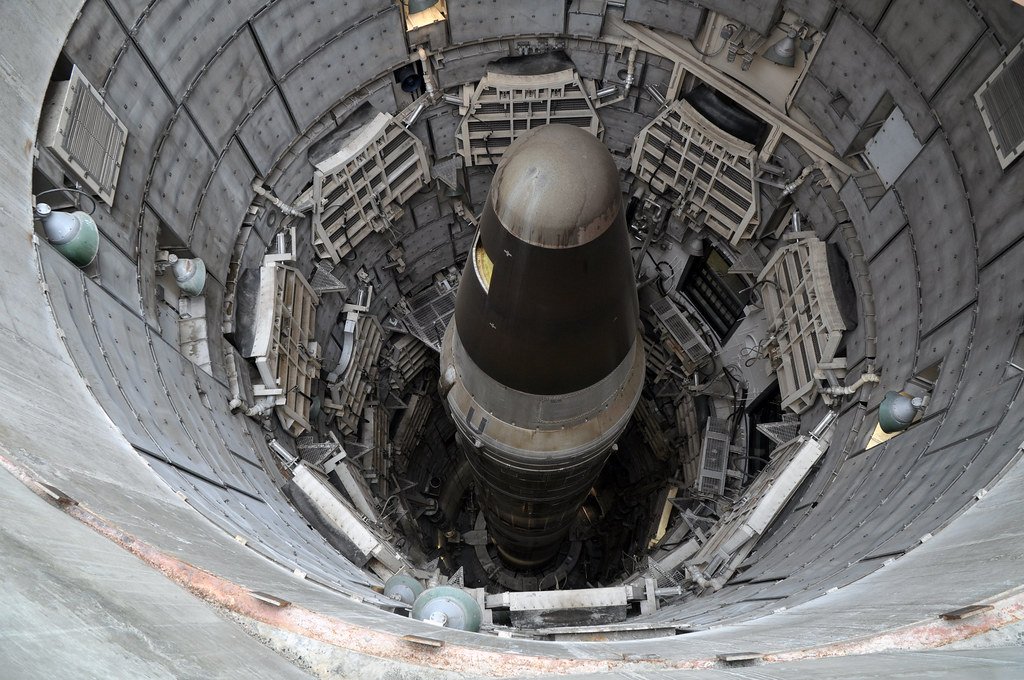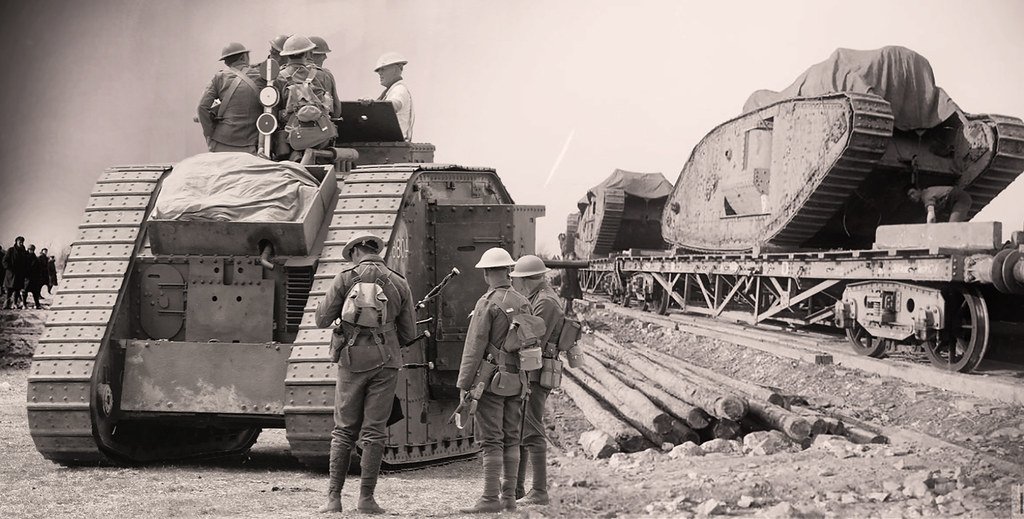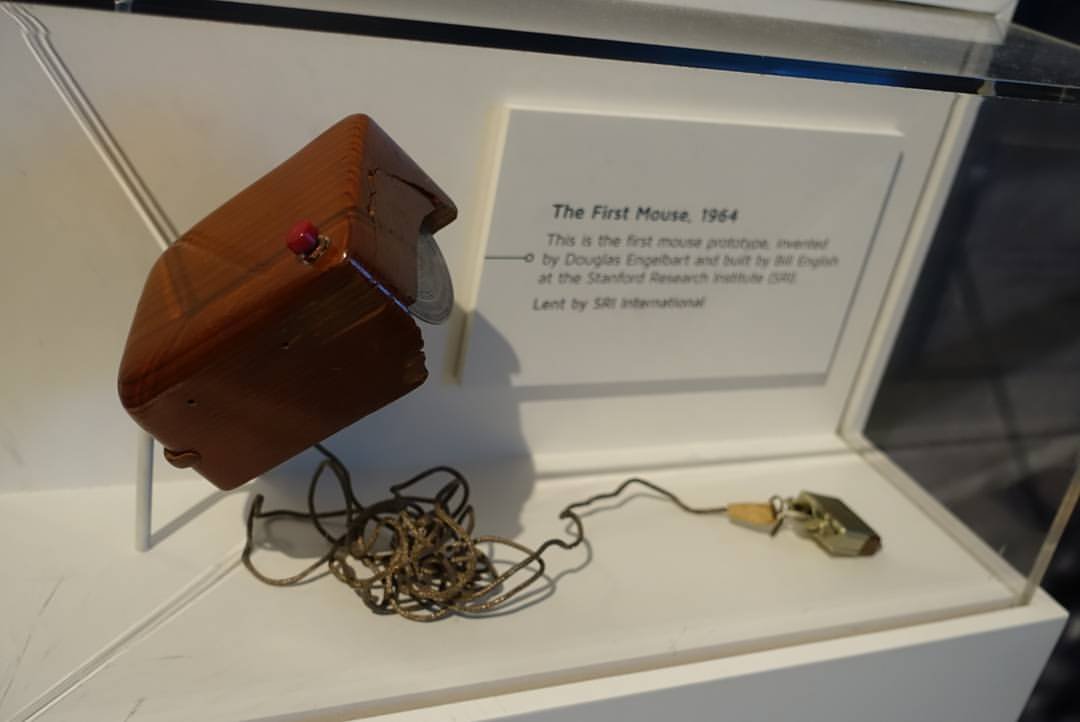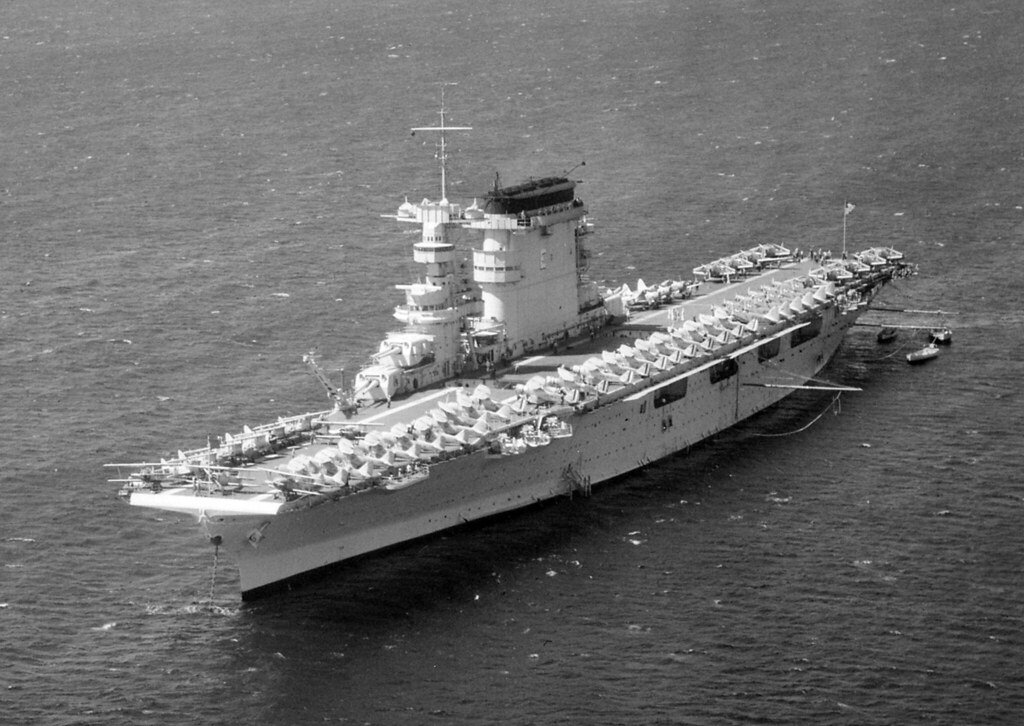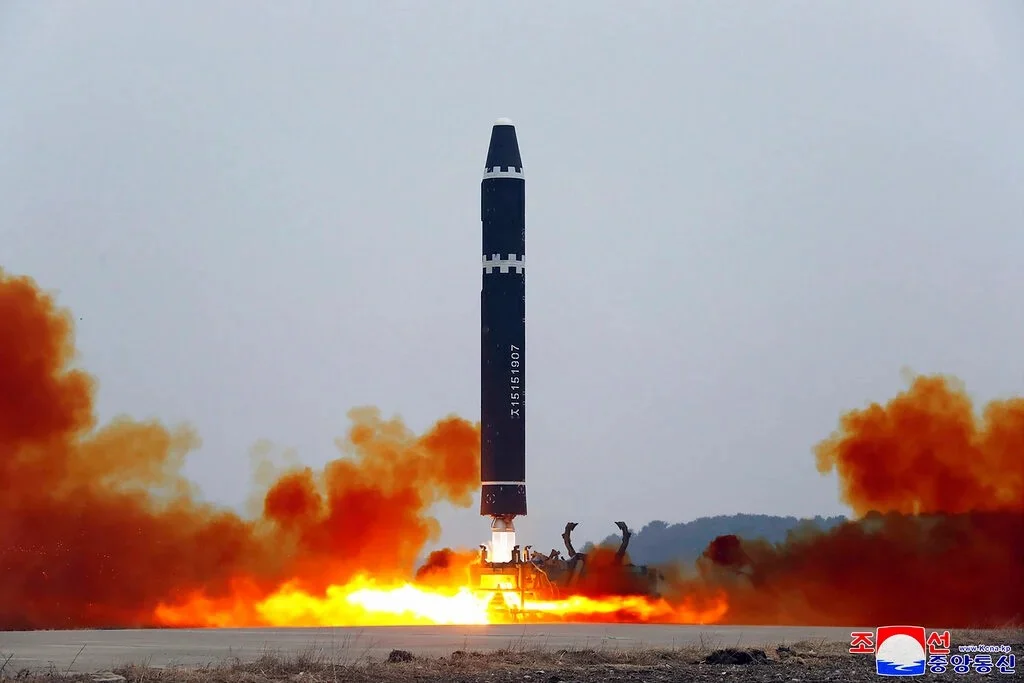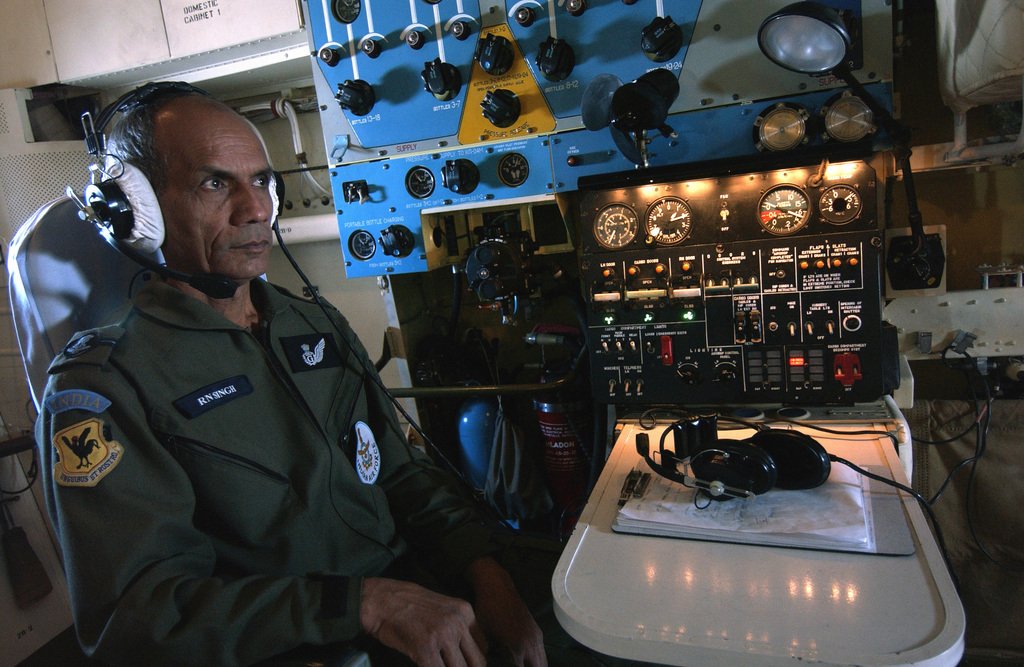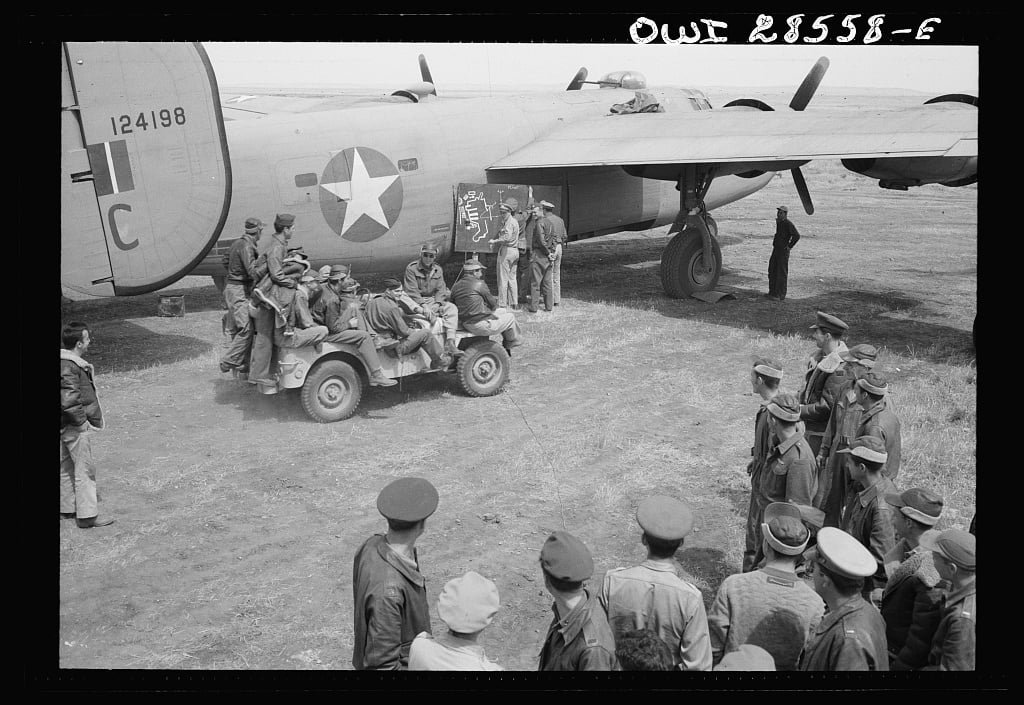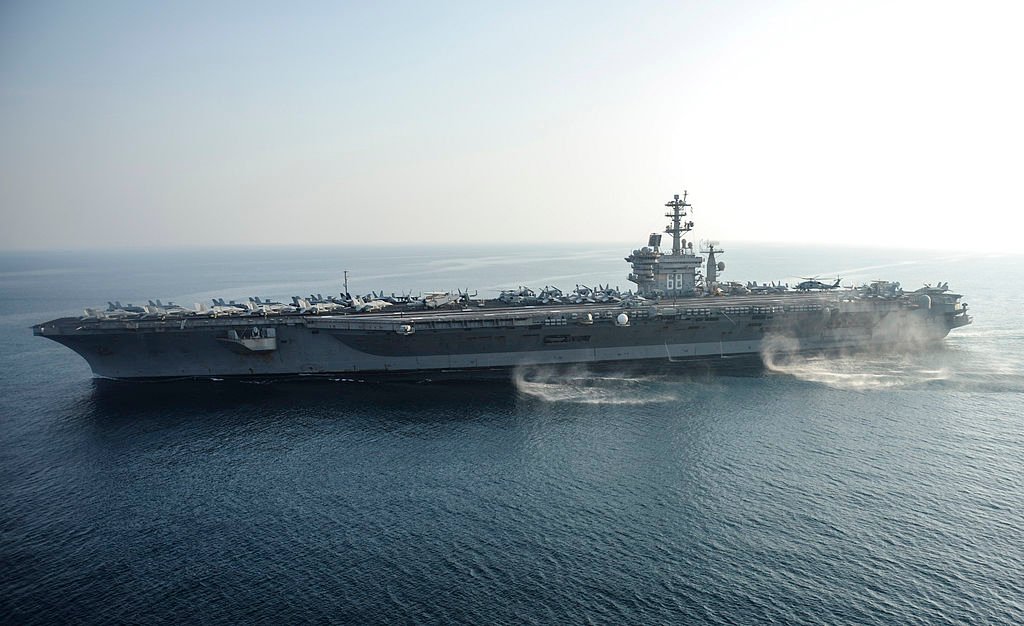World War II serves as a testament to the unwavering spirit and strategic understanding of nations embroiled in a global conflict. In the midst of this historic turmoil, the USS Lexington, a revered aircraft carrier, emerged as a symbol of courage and resilience. This blog takes you on a journey through time, unraveling the compelling narrative of the USS Lexington, delving into its origins, notable engagements, and enduring legacy during World War II.
Table of Contents
Before we delve into the detailed exploration, it’s crucial to address some key questions that often arise regarding the USS Lexington’s role in World War II:
What happened to the USS Lexington in World War II?
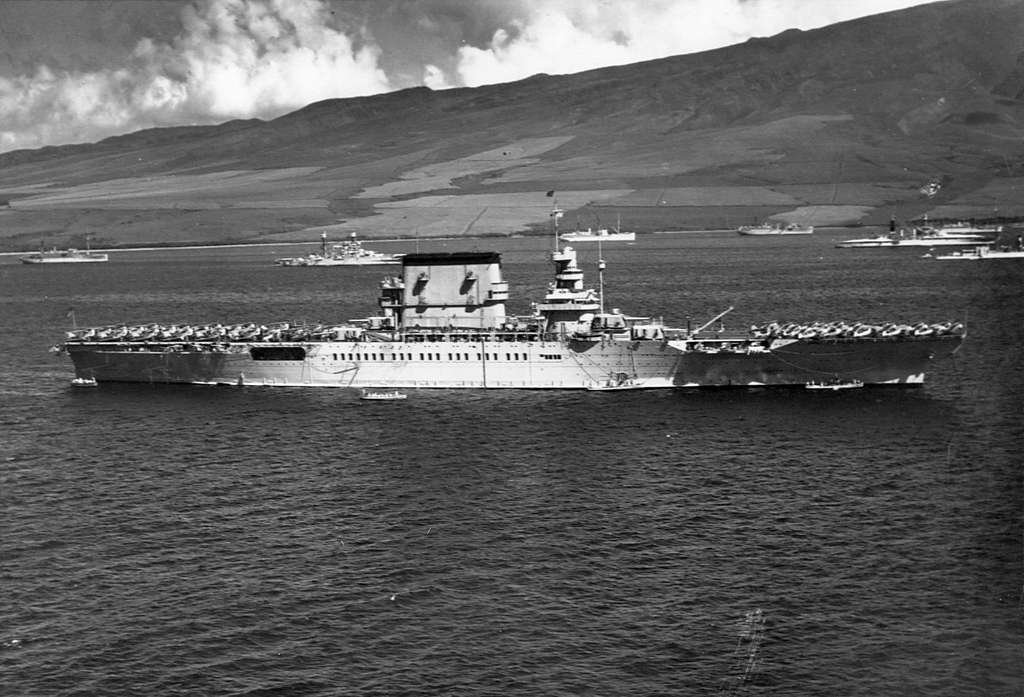
During World War II, the USS Lexington participated in critical battles, including the Battle of the Coral Sea in May 1942. Despite facing severe damage, it continued its vital role. However, on May 8, 1942, during the Battle of the Coral Sea, the USS Lexington suffered extensive damage, leading to its scuttling to prevent capture by the enemy. The crew evacuated, and the ship was intentionally sunk. This marked a significant event in the Pacific War, but the USS Lexington’s legacy persisted through its contributions and the resilience displayed during its service.
Why is the USS Lexington famous?
The USS Lexington gained fame for its notable contributions during World War II, particularly in the Pacific theater. It played a crucial role in pivotal battles, including the Battle of the Coral Sea in May 1942. Despite sustaining severe damage during this engagement, the USS Lexington continued to fulfill its strategic objectives, showcasing resilience and determination. The carrier’s fame also stems from its status as one of the first purpose-built aircraft carriers in the United States Navy, symbolizing the nation’s commitment to naval aviation. Additionally, the USS Lexington found a post-military purpose as a museum, further contributing to its enduring fame and legacy as an iconic maritime vessel.
What caused the Lexington to sink?
The sinking of the USS Lexington during World War II was primarily caused by extensive damage sustained during the Battle of the Coral Sea in May 1942. The carrier faced relentless attacks from Japanese aircraft, resulting in multiple bomb and torpedo hits. The severe damage led to uncontrollable fires and structural impairment, rendering the USS Lexington inoperable.
With the situation becoming untenable and to prevent the carrier from falling into enemy hands, the decision was made to scuttle the USS Lexington. On May 8, 1942, torpedoes were intentionally fired at the carrier by accompanying destroyers, leading to its deliberate sinking. The crew was evacuated before the scuttling, and the USS Lexington ultimately found its final resting place at the bottom of the Coral Sea. The decision to scuttle the ship was a strategic move to deny its use to the enemy and marked the end of the USS Lexington’s service in World War II.
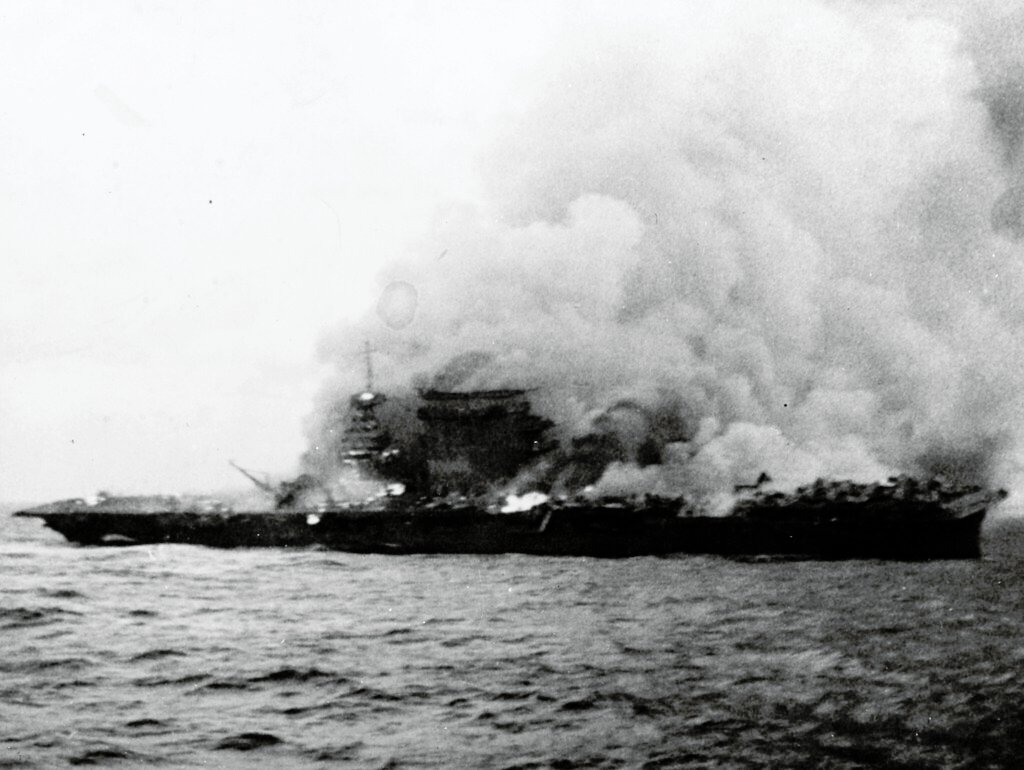
With these questions in mind, we’ll navigate through the historical landscape, shedding light on the USS Lexington’s remarkable journey, its contributions to significant battles, and the events that led to its enduring fame.
Setting the Stage: USS Lexington’s Origins
At the forefront of naval innovation, the USS Lexington, CV-2, symbolized a paradigm shift in the United States Navy during the 1920s. As tensions simmered globally, its commissioning marked not just a response to contemporary needs but an anticipation of future naval requirements. Delving into its origins unveils a story of strategic foresight and meticulous planning, showcasing the nation’s commitment to naval superiority.
Formidable Emergence (1920s)
The USS Lexington’s emergence during the 1920s marked a turning point, introducing the era of aircraft carriers to the U.S. Navy.
Commissioned as CV-2, it represented a departure from traditional naval strategies, laying the foundation for a more versatile and dynamic maritime force.
Strategic Foresight and Construction
Constructed with strategic foresight, the USS Lexington was designed to anticipate future naval requirements, emphasizing innovation and adaptability.
Its commissioning reflected a commitment to staying ahead in naval warfare, showcasing the nation’s dedication to advancing maritime capabilities.
Versatility and Adaptability
The USS Lexington’s design prioritized versatility and adaptability, recognizing the need for a floating airbase capable of projecting power across vast ocean expanses.
Its construction embodied a forward-thinking approach, anticipating the evolving nature of warfare and the role of aircraft carriers in future naval strategies.
Enhancements Amid Global Tensions
In response to escalating global tensions, the USS Lexington underwent strategic enhancements, transforming into a critical component of America’s naval strength.
These enhancements reflected the dynamic geopolitical landscape, with the United States actively adapting to emerging challenges to maintain a formidable presence on the seas.
Projection of Naval Power
Commissioned with a forward-looking vision, the USS Lexington stood as more than a naval asset; it projected the nation’s commitment to naval superiority.
Its strategic enhancements were geared towards maintaining a formidable presence on the seas, projecting power in alignment with the evolving defense priorities of the United States.
The Crucible of Battle: USS Lexington in Action
Our journey into the heart of World War II unveils the USS Lexington’s pivotal role in shaping critical engagements that defined the course of the conflict. From daring raids on Japanese-held territories to historic battles, the USS Lexington stood at the forefront, showcasing strategic importance and the remarkable courage of its crew.
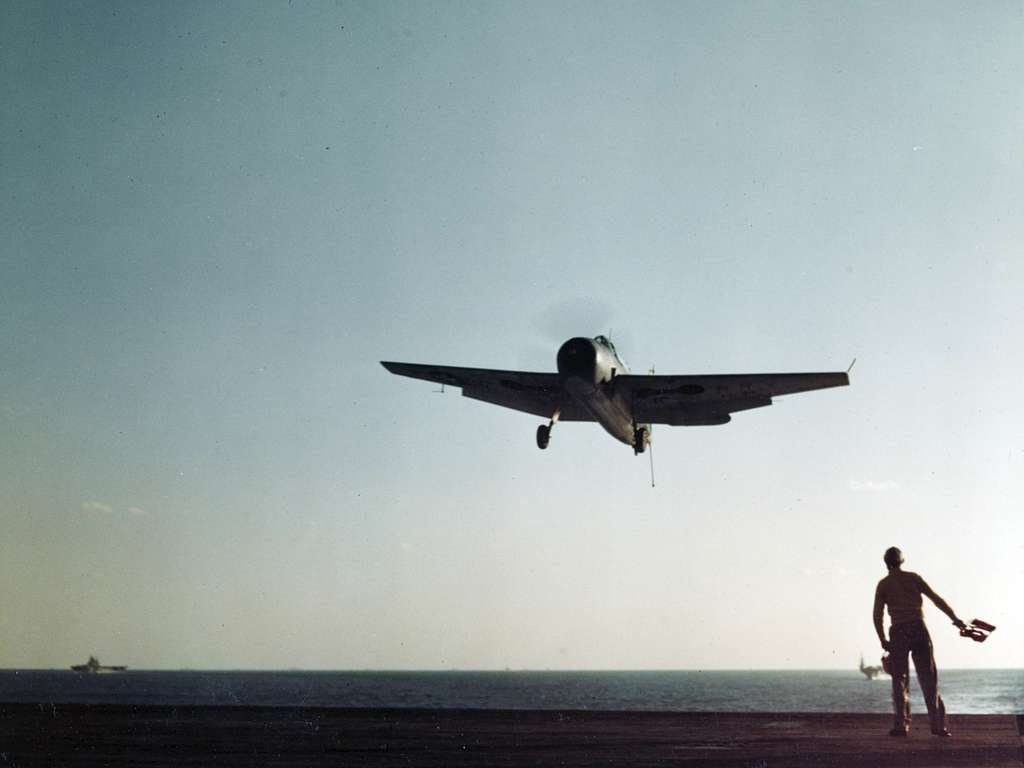
Daring Raids on Japanese-Held Territories
The USS Lexington’s foray into the Pacific Theater involved daring raids on Japanese-held territories, specifically targeting strategic locations like the Marshall and Gilbert Islands.
These raids not only demonstrated the carrier’s reach and agility but also showcased its role in disrupting enemy strongholds, a testament to its crucial offensive capabilities.
Historic Battle of the Coral Sea
The USS Lexington played a pivotal role in the historic Battle of the Coral Sea, a watershed moment in naval warfare.
The carrier’s strategic importance during this battle unraveled the tactical brilliance employed to counter Japanese advances and protect vital Allied interests.
Courage of the Crew
Throughout these engagements, the USS Lexington’s crew exhibited unparalleled courage in the face of adversity.
We spotlight individual stories of courage, resilience, and sacrifice, highlighting the human element that shaped the carrier’s identity as a vessel of unwavering dedication.
Battle of Midway: A Decisive Turning Point
The Battle of Midway, a turning point in the Pacific Theater, takes center stage as we unveil the USS Lexington’s instrumental contributions.
Our exploration uncovers the tactical brilliance employed during this historic battle, showcasing how the carrier’s strategic maneuvers played a pivotal role in securing a decisive victory for the Allied forces.
In dissecting these engagements, we aim to capture the dynamic and intense nature of the USS Lexington’s involvement in World War II, shedding light on its strategic significance, the remarkable courage of its crew, and the enduring legacy forged in the crucible of battle.
The Unyielding Spirit: USS Lexington’s Resilience
In the tumultuous theater of World War II, the USS Lexington emerged as a symbol of unwavering resilience. Our exploration centers on the pivotal Battle of the Coral Sea, a crucible where the carrier faced relentless attacks, sustaining severe damage yet steadfastly continuing its vital role. Delving into the determination of its crew, heroic efforts in damage control, and the eventual sacrifice during this historic battle, we unveil the poignant narrative that solidifies the USS Lexington’s place in naval history.
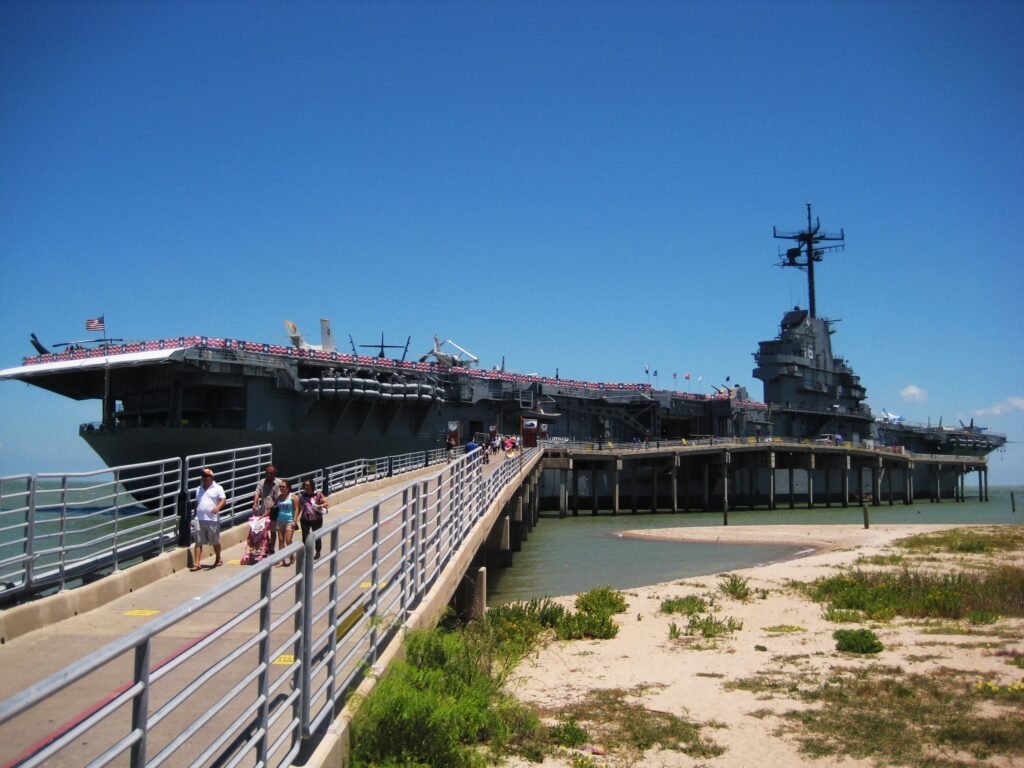
War’s Crucible: USS Lexington’s Battleground
Amidst the chaos of global conflict, the USS Lexington became a testament to resilience, standing firm against relentless attacks.
The carrier’s indomitable spirit was a defining characteristic amidst the challenges of World War II.
Battle of the Coral Sea: A Pivotal Confrontation
In the historic Battle of the Coral Sea, the USS Lexington faced a formidable adversary and sustained significant damage.
Despite adversity, the carrier played a crucial role, emphasizing its strategic importance in this pivotal confrontation.
Determination Amidst Chaos: Crew’s Heroic Efforts
The exploration delves into the determined efforts of the USS Lexington’s crew during the Battle of the Coral Sea.
Heroic actions in damage control underscore the crew’s dedication and resilience in the face of intense wartime challenges.
Sacrifice and Legacy: The Inevitable Outcome
Navigating through the complexities of the battle, the USS Lexington’s sacrifice becomes a poignant narrative.
The enduring legacy of the carrier is shaped by its steadfast participation, acknowledging the sacrifices made by the crew in service of their nation.
Battle’s Enduring Legacy
The Battle of the Coral Sea leaves an indelible mark on the USS Lexington’s history, encapsulating the unyielding spirit that defined American naval forces in the crucible of World War II.
The carrier’s lasting courage, dedication, and sacrifice cemented its role as a symbol of resilience during one of history’s most challenging wartime periods.
The Legacy Lives On: USS Lexington’s Impact
In contemplating the illustrious journey of the USS Lexington, its enduring legacy becomes a focal point in the annals of naval history. This section meticulously assesses the multifaceted impact the vessel had, delving into its influential contributions in shaping naval aviation tactics, the strategic influence it wielded in pivotal battles, and the profound symbolic importance it carried throughout its service. Beyond the realm of wartime exploits, the USS Lexington found a new purpose in its post-military life as a museum, becoming a living testament to its historical significance and ensuring that its stories resonate with and inspire future generations.
Shaping Naval Aviation Tactics
The USS Lexington left an indelible mark on naval aviation, contributing significantly to the evolution of tactics employed in the theater of war.
Its pioneering role in refining and advancing naval aviation strategies showcased the carrier’s adaptability and innovative spirit.
Strategic Influence in Pivotal Battles
Assessing the USS Lexington’s impact involves a close examination of its strategic influence in pivotal battles, where its presence often played a decisive role.
From the Battle of the Coral Sea to other critical engagements, the carrier’s contributions underscored its significance in shaping the course of naval warfare.
Symbolic Importance
Beyond its tangible contributions, the USS Lexington carried profound symbolic importance as a representation of American naval prowess, resilience, and commitment.
The carrier became a symbol of the nation’s dedication to maritime superiority, embodying the spirit of those who served aboard during challenging times.
Transition to a Museum
Post its military service, the USS Lexington underwent a transformative transition, finding a new purpose as a museum.
Preserving its historical significance, the vessel now stands as an educational institution, allowing future generations to immerse themselves in the rich history of naval aviation and the carrier’s unique journey.
The USS Lexington’s impact extends far beyond the battles it engaged in; it is a living testament to the resilience, innovation, and dedication that define the legacy of American naval forces.
The USS Lexington, an embodiment of courage, strategic insight, and sacrifice, emerges as a symbol of resilience in the crucible of World War II. Its story is not just one of a naval vessel but a testament to the dedication and courage of those who sailed its decks. As we delve into the depths of history, the USS Lexington stands as a memorable chapter, illuminating the transformative role of aircraft carriers in shaping the outcome of one of the most significant conflicts in human history.
